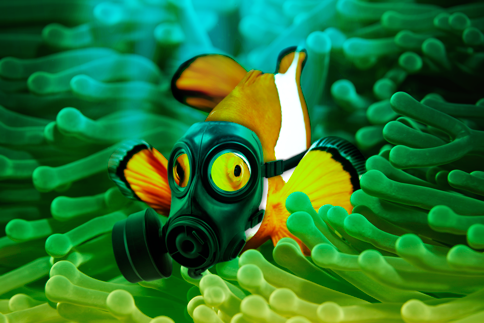Why bother with green chemistry?
October 31, 2013
Many ask, "Aren’t remediation-based methods enough?" Simly stated, No. Trying to fix pollutant releases or reducing the harm of existing pollution creates enormous costs, and lost opportunities. When we use remediation alone, we lose potential health, environmental and business benefits. Some of these benefits are years away and require lots of design innovation and investment. But many of these benefits can be achieved right now with concepts, inputs, assessment methods and IT-based tools we use today.
The Triple Bottom Line: Spinning Thought into Profit
The concept of the triple bottom line—benefits to people, business and the environment—is a very useful way to identify and evaluate green chemistry in general and glycol recycling processes in particular.
Get Clear, Get Real and Get Going
To persuade the business community to adopt green chemistry methods, practitioners must get beyond feel-good rhetoric. That means defining business goals and expectations clearly and giving serious attention to economic benefits. Green chemistry in the here-and-now offers businesses a broad range of cost savings and other benefits.
| Lower Input Costs Replacement of a purchased feedstock by a lower-cost recycled or waste product enables manufacturers to cut production costs. |
Lower Production & Capital Costs Higher yield chemical reactions enable manufacturing more products with fewer materials. Improving process efficiency enables faster product delivery, increased plant capacity and can lower energy and water requirements. |
Lower Operations Costs Lower-volume waste streams can reduce or eliminate costly remediation, hazardous waste disposal and end-of-the-pipe treatments. |
Preventing pollution
The highest rung of the pollution prevention heirarchy is the prevent or reduce pollution at its source. Company's like GlyEco are finding profitable ways to make that happen. Turning hazardous waste into valuable and useful products. Using new inputs and processes, using familiar inputs in new ways and generally doing more with less. That’s the mantra of 21st century green chemistry.
Next Time: What’s the status of green chemistry in the U.S. and the European Union? What drives developments in green chemistry? And why does it matter to manufacturers and users of recycled glycol?
The future can be cleaner.
At GlyEco, we believe providing information about chemistry-based pollution solutions is good for both the environment and your mind. Our team is dedicated to creating a future with less dirty glycol going to waste. It's a big job... and we are up to the challenge. Using our breakthrough technology, we clean all types of waste glycol, help safeguard the environment and create valuable green products.








